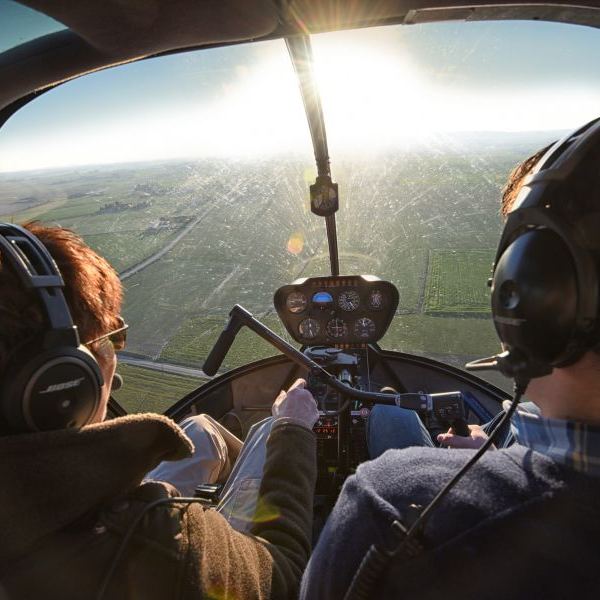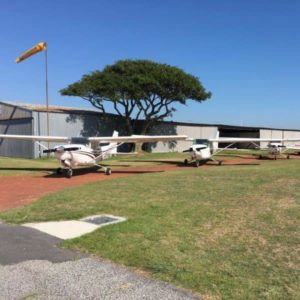No products in the cart.
Aviation English Proficiency Testing
Showing all 3 results
Filters Sort results
Reset Apply
Should you want to master the Art of helicopter flying, STB-Copter is definitely the place to practice this skill. STB-Copter will teach you how to fly safe. We can offer you the complete helicopter training & certification up to your private & commercial pilot license. Last Updated: 16-05-2023 | ||
The test is in accordance with ICAO & SACAA Standards. The ICAO Language Proficiency Requirements were developed to address the safety concern raised by accidents & incidents in which communication played a key role. The Algoa Flying Club is certified by the South African Civil Aviation Authority to conduct English Proficiency Tests in accordance with the recommended standards as laid out by ICAO – All pilots must be able to understand & use the ICAO phraseology as well as international… Last Updated: 26-07-2022 |
Aviation English Proficiency Testing on AvPay
AvPay has a range of Aviation English Proficiency Training Courses and Exams in the US, Europe, Australia, South Africa and throughout the world. Contact Language Course Providers directly on AvPay to compare prices through the Aviation Directories here: https://avpay.aero/directory/
AvPay is a global aviation marketplace that lets you browse a wide selection of Aviation English Proficiency Testing. View all of our Flight Training Courses and discover other related Aviation Products & Services here: https://avpay.aero/marketplace/
Can’t find the Aviation English Proficiency Course or Exam you’re looking for? Check-out the Aviation Directories to find an Aviation Company that offers the service you’re looking for: https://avpay.aero/directory/
AvPay: Connecting Student Pilots with English Language Trainers Worldwide!
Aviation English Proficiency Testing is required for pilots because aviation communication involves specialized terminology, phraseology, and procedures that are unique to the aviation industry. While a pilot may be fluent in English, it is essential to demonstrate a certain level of proficiency in Aviation English to ensure effective and safe communication between pilots and air traffic controllers. Aviation communication requires clear and precise transmission of information. Pilots and air traffic controllers must understand each other accurately to avoid misunderstandings or misinterpretations that could lead to potentially hazardous situations. Proficiency testing ensures that pilots can communicate effectively in aviation-specific contexts. Standardized phraseology and terminology are used in aviation to ensure uniformity and clarity across the global aviation community. Pilots need to be familiar with these specific terms and phrases to ensure seamless communication with air traffic control, other pilots, and aviation personnel worldwide. Aviation English Proficiency Testing evaluates a pilot’s ability to understand and use radiotelephony communication, which involves transmitting and receiving information over radio frequencies. This form of communication has its own set of procedures and language conventions, including specific phraseology, standard call signs, and readback protocols. Aviation communication often occurs in dynamic and time-sensitive situations, such as during take-off, landing, and emergencies. Pilots must be able to comprehend and respond to instructions quickly and accurately within these contexts. Proficiency testing assesses a pilot’s ability to handle such situations effectively.
Here are a few of the terms you’ll need to know:
Mayday: A distress signal used to indicate an imminent and serious threat to the safety of an aircraft or its occupants.
Squawk: The act of entering a transponder code into the aircraft’s transponder system to identify the aircraft to air traffic control.
Holding Pattern: A designated flight path followed by an aircraft when it is required to delay its landing or approach to an airport.
Glide Slope: The path an aircraft follows during an instrument landing approach to maintain a proper descent angle towards the runway.
Unicom: A common radio frequency used at airports without an air traffic control tower for pilots to communicate with each other and provide airport traffic information.
Cleared for Take-off: Authorization given to a pilot to commence the take-off roll and depart from the runway.
Runway Incursion: An event where unauthorized personnel, vehicles, or aircraft enter a runway, posing a potential collision risk.
Roger: Used to indicate acknowledgment or understanding of a message.
Hold short: Instructions to stop before crossing a designated point on the taxiway or runway.
Final approach: The last segment of the approach path before landing.
Go-around: A procedure to abort a landing and perform another approach to the runway.
Descend and maintain: Instructions to lower the aircraft’s altitude and maintain the newly assigned level.
Standby: A request to remain on hold or wait for further instructions.



